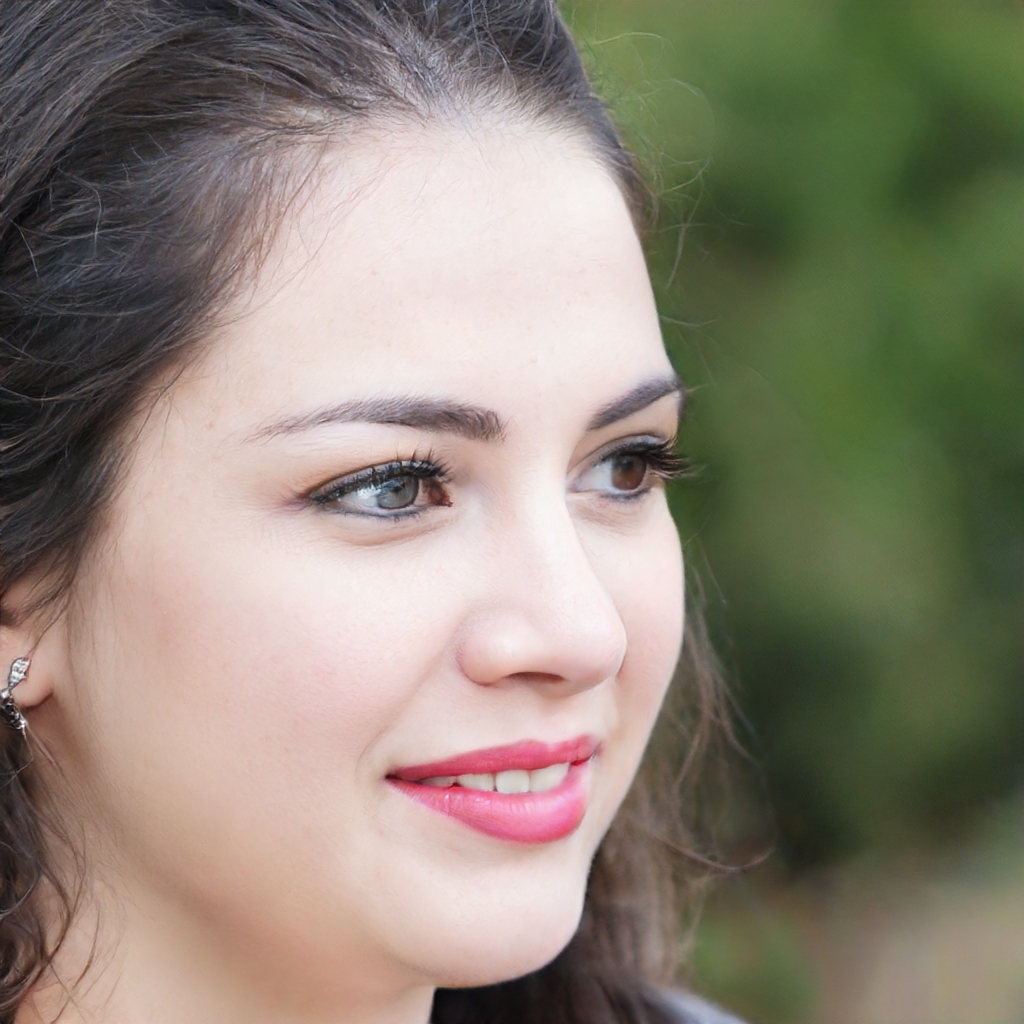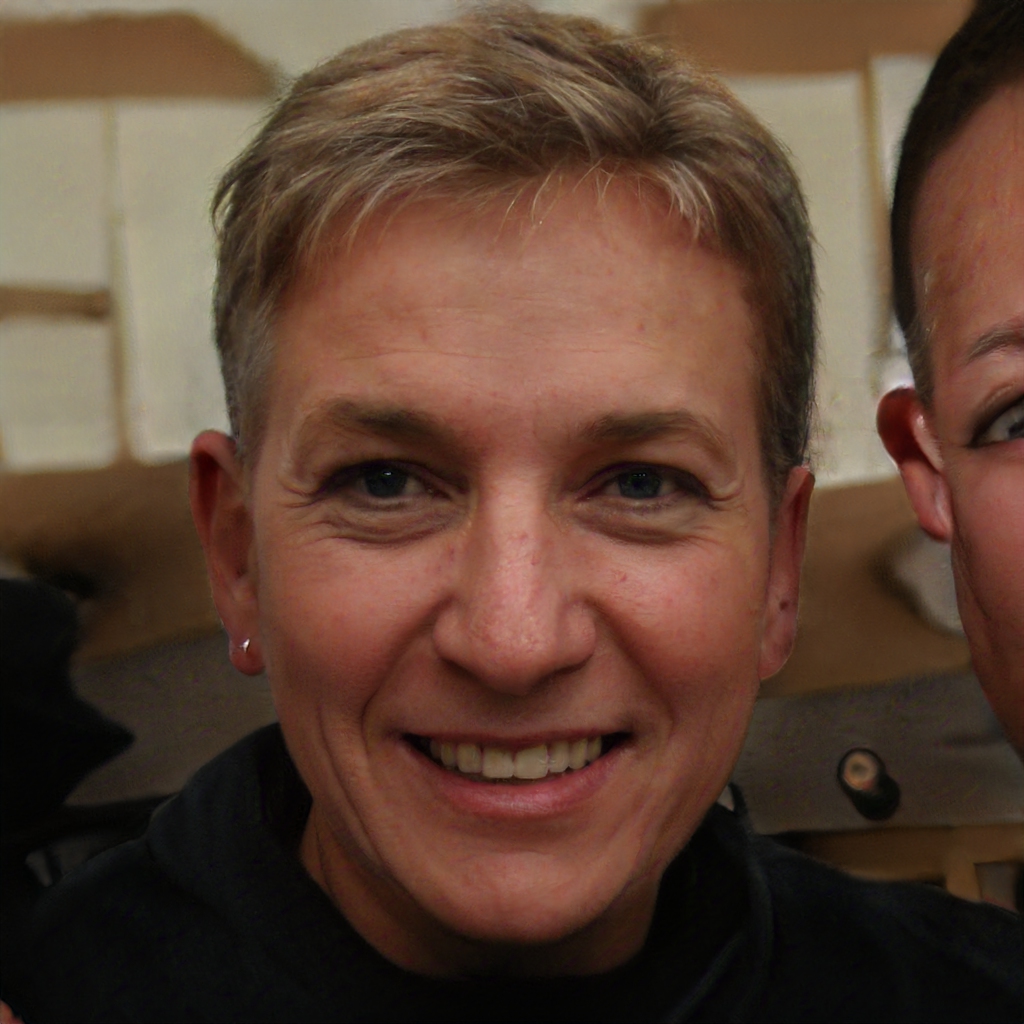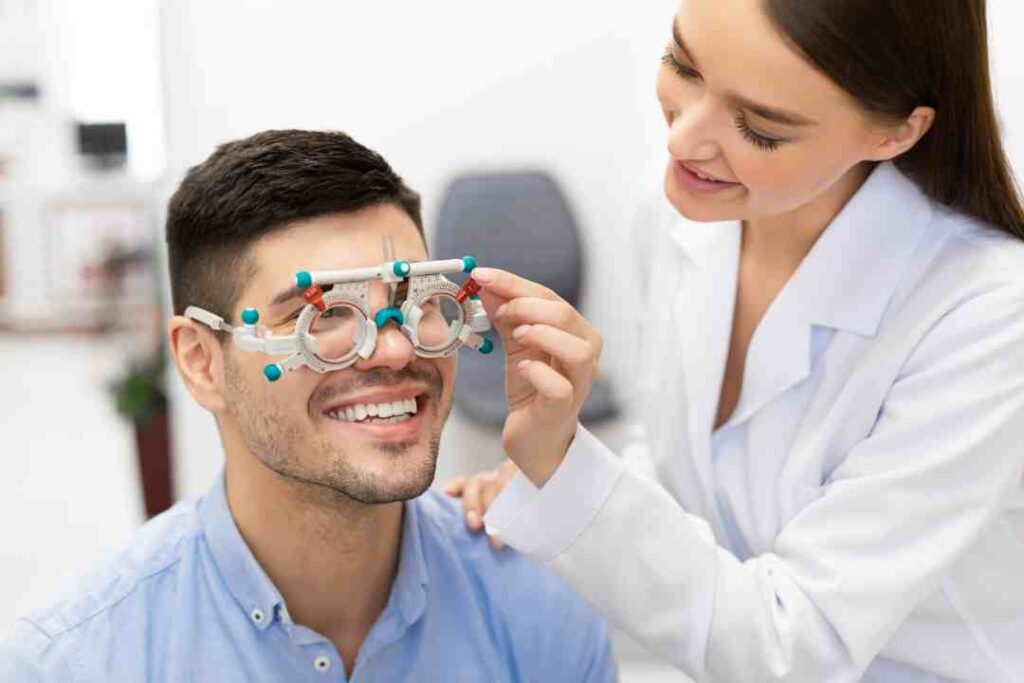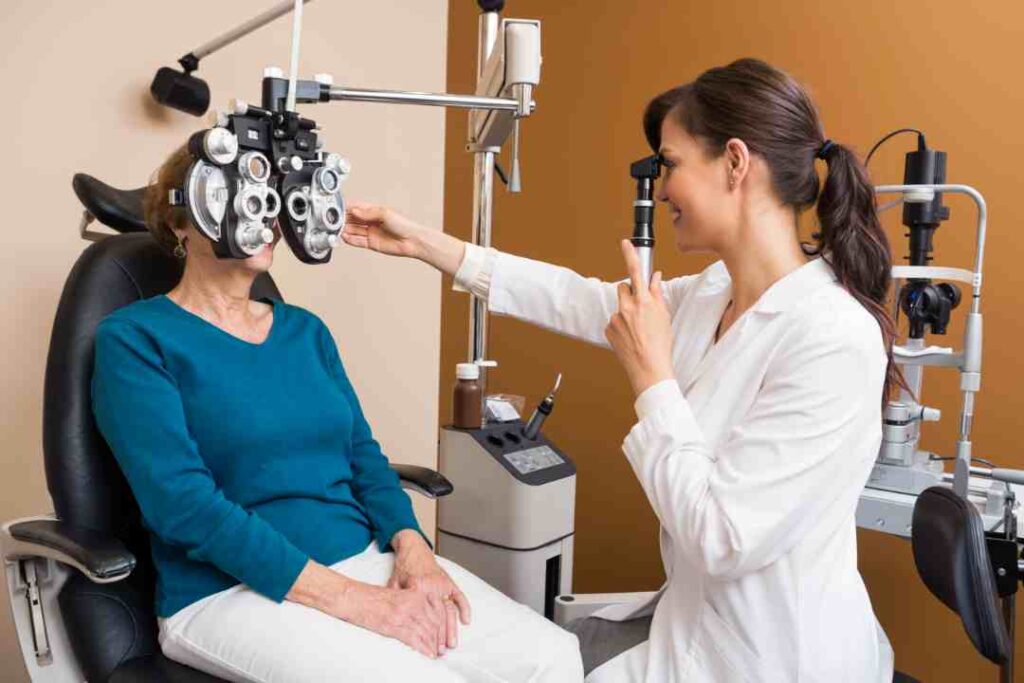Welcome to Advanced Spine & Eye Center
Advanced Solutions for Spine and Eye Care
“Experience comprehensive excellence in spine and eye care with our advanced, patient-focused solutions. Your well-being, our priority.”
Expertise Doctors
Skilled Ophthalmologists Ensuring Optimal Vision Health with Precision and Care.
Eye Surgery Lasik
Enhance vision and reduce dependence on glasses with safe, state-of-the-art LASIK eye surgery, performed by experienced specialists for lasting results.
Laser Eye Surgery
Laser eye surgery: A safe, precise procedure reshaping vision for lasting clarity, reducing or eliminating dependence on glasses or contacts.
Sydney Eye Clinic
Sydney Eye Clinic offers leading ophthalmic care, specializing in advanced treatments and personalized solutions for optimal vision health and well-being.
The best of our services
At Sydney Eye Clinic, we pride ourselves on delivering the best of ophthalmic services. Our team of highly skilled and experienced ophthalmologists is dedicated to providing exceptional care, utilizing the latest technologies and techniques. From comprehensive eye examinations to advanced surgical interventions, we offer a full spectrum of services tailored to each individual’s needs. Our commitment to patient-centric care ensures personalized treatment plans, accurate diagnoses, and optimal visual outcomes. With a focus on innovation, expertise, and compassion, Sydney Eye Clinic is your trusted partner for achieving and maintaining the highest level of eye health and vision excellence.

01
Cataract Eye Surgery
Cataract eye surgery restores clear vision, replacing the clouded lens with an artificial one, enhancing quality of life.
02
Cataract Surger Sydney
Experience clarity anew with expert cataract surgery in Sydney. Our skilled ophthalmologists restore vision, ensuring precision, safety, and improved quality of life.
03
Lasik Surgery
LASIK surgery is a precise and minimally invasive procedure that corrects refractive vision issues, reducing or eliminating the need for glasses or contact lenses, resulting in improved visual clarity.
Our Latest Blogs
Appointment
Interested in Scheduling an Appointment or need Assistance?
Call us on 510-450-1884 or simply book an appointment
Have a Look at Our
Eye Therapy center
Empowering vision wellness through specialized therapies for improved eye health, visual comfort, and enhanced quality of life.
01.
Luxury Spa
Suspendisse lacus, dolor auctor nec, iaculis amet vel facilisi nulla dignissim aliquam erat id eget habitasse leo facilisis tempor vulputate facilisis varius nunc pulvinar.
02.
Stone Therapy
Sit cursus aliquet semper sem enim quam nec nascetur facilisis gravida turpis aliquam arcu vel aliquam sit dictumst purus eget imperdiet velit aliquam metus.
03.
Aroma Therapy
Mattis erat accumsan pulvinar urna accumsan a blandit eget commodo dui laoreet ut commodo odio massa pellentesque platea ut arcu massa purus vestibulum proin.
04.
Skin Treatment
Vulputate augue convallis mauris ullamcorper consequat purus cursus consectetur sodales aenean dui nunc augue condimentum cras arcu quam ornare quis leo cursus non turpis.



What Are You Waiting For...
Make an appointment
Schedule your appointment at Advanced Spine & Eye Center today to receive expert care for your spine and eye health.
Our location
3175 Vesta Drive Lombard, IL 60148
Opening Hours
Mon-Fri: 8am-10pm
Sat-Sun: 10am-9pm
Contact
Phone: +1 510-450-1884
Email: [email protected]



